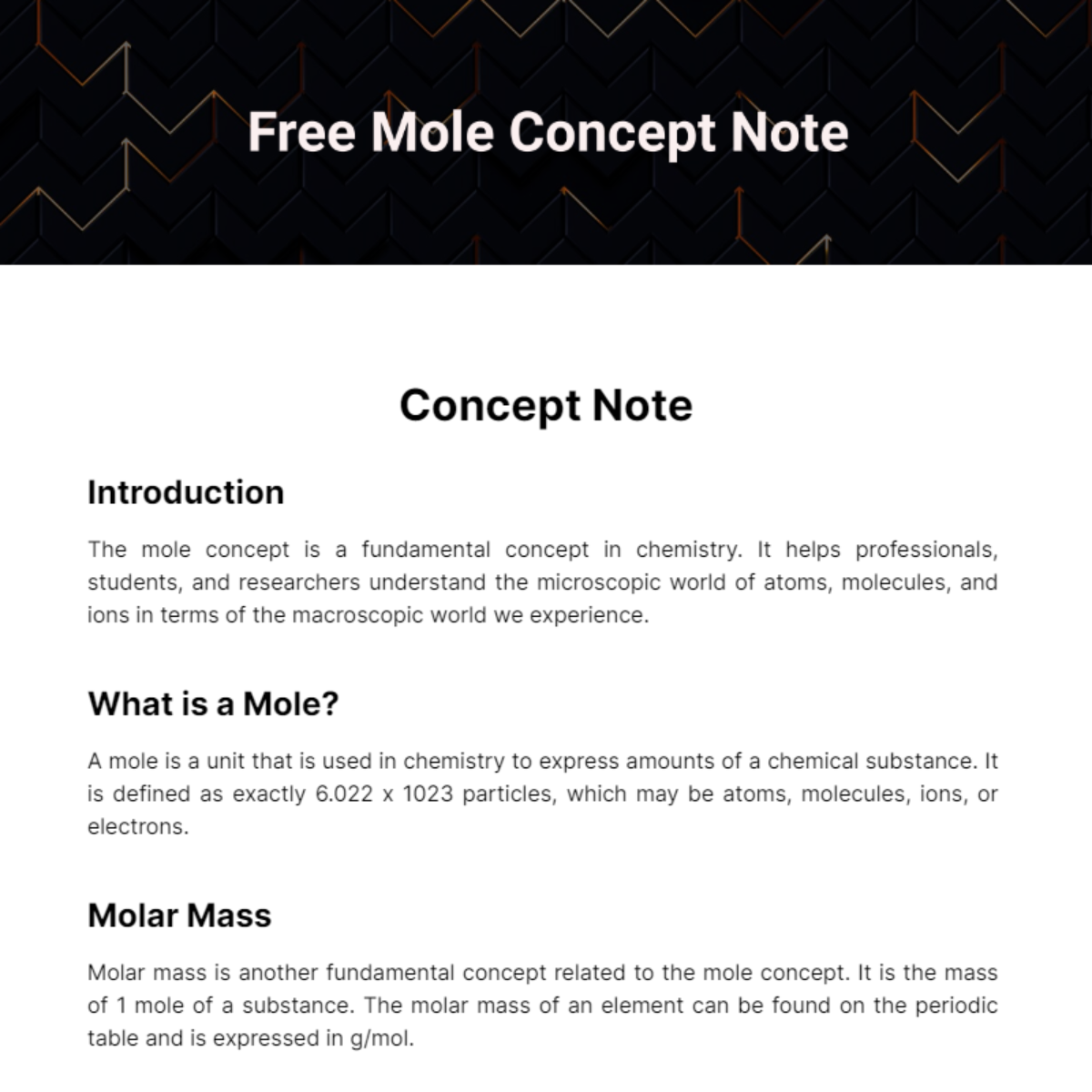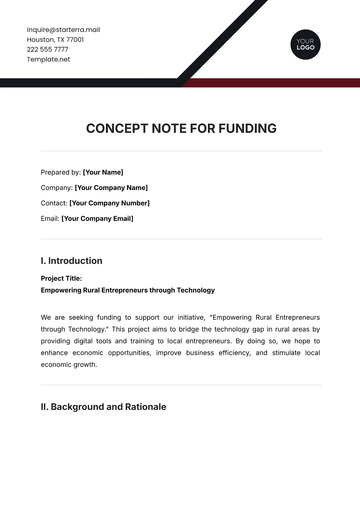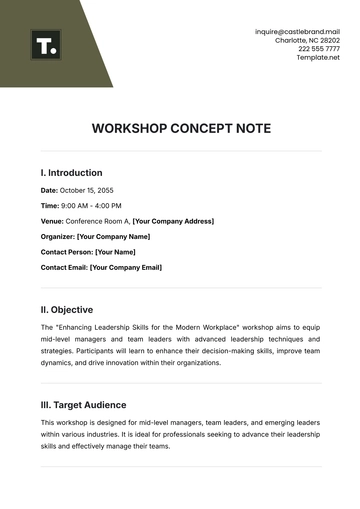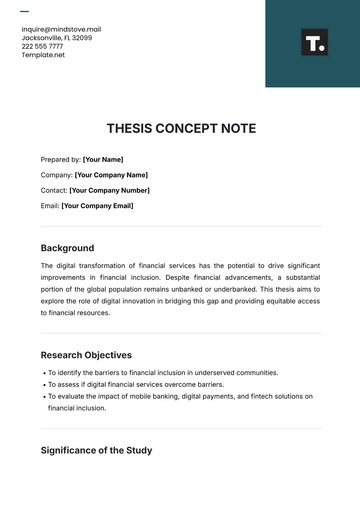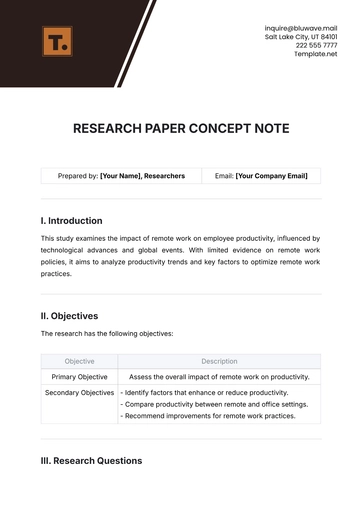Concept Note
Introduction
The mole concept is a fundamental concept in chemistry. It helps professionals, students, and researchers understand the microscopic world of atoms, molecules, and ions in terms of the macroscopic world we experience.
What is a Mole?
A mole is a unit that is used in chemistry to express amounts of a chemical substance. It is defined as exactly 6.022 x 1023 particles, which may be atoms, molecules, ions, or electrons.
Molar Mass
Molar mass is another fundamental concept related to the mole concept. It is the mass of 1 mole of a substance. The molar mass of an element can be found on the periodic table and is expressed in g/mol.
Avogadro's Number
The number behind the definition of a mole (6.022 x 1023) is known as Avogadro's number. Named after the Italian scientist Amedeo Avogadro, it is an incredibly large number that allows us to count particles at the atomic and molecular level.
Mole Calculations
With the aid of the mole concept, we can calculate the number of particles in a substance, change this to moles and then use the molar mass to find the mass of the substance. This fundamental concept provides a bridge between the atomic and macroscopic worlds.
Conclusion
The mole concept is a critical and professional tool in chemistry. It allows chemists to make sense of the incredibly tiny particles they work with in a practical, measurable way. The understanding of this concept is fundamental to succeeding in advanced chemistry studies and applications.
For any queries or further clarification, you can contact Michael Brown at michaelbrown@email.com or at 222 555 7777.
Note Templates @ Template.Net
